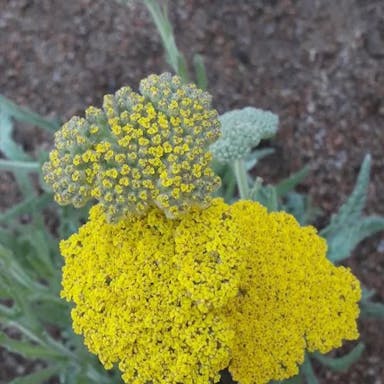Lady of the night orchid, also known as Brassavola nodosa, is a plant that belongs to the Orchidaceae family. It is native to Central America, specifically Mexico, Belize, Guatemala, Honduras, and Nicaragua. This orchid is air plants on trees or other plants without harming them. The fragrant night-blooming flowers of Brassavola nodosa give it the common name Lady of the evening. The flowers are white or cream, with a thick texture and a star shape. They have a strong, sweet scent that gets stronger at night. Brassavola nodosa is a type of orchid that is highly valued for its beauty and fragrance. It is often used in floral decorations and as home decor. In terms of symbolism, this long-lasting orchid represents elegance, purity, and grace. There are a few varieties of Brassavola nodosa, each with slight variations in size and color. The fruit capsule of this orchid contains many small seeds. In terms of size, Brassavola nodosa can grow to about 30-60 cm high. It is relatively easy to cultivate and can adapt to various conditions, including bright indirect light and average humidity. Good air flow and cautious watering helps prevent rot. Overall, Brassavola nodosa is a beautiful and sweet orchid that adds elegance.
0
0












